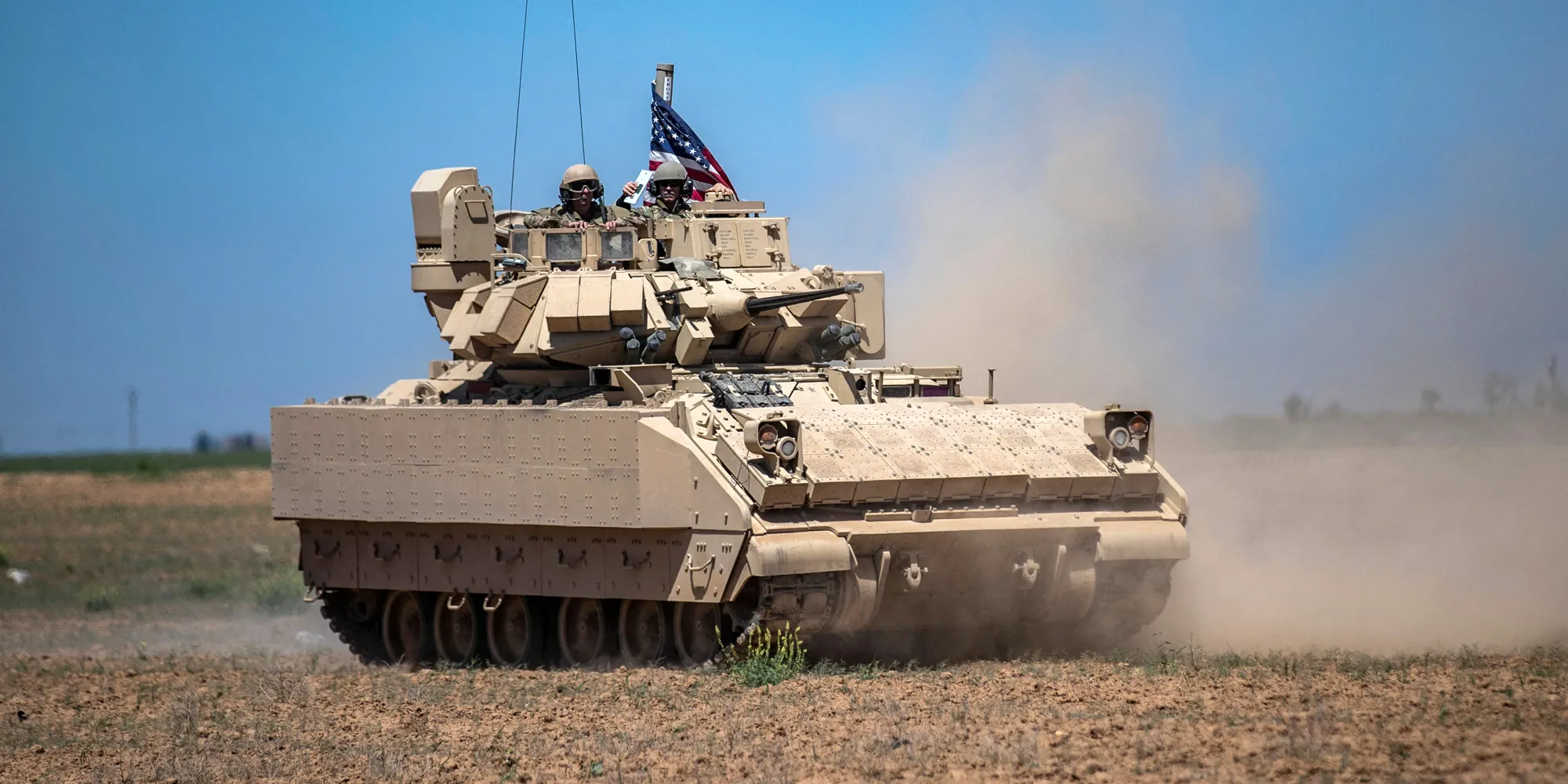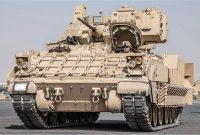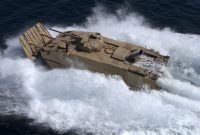In a groundbreaking move, the U.S. Army is ushering in a new era of armored warfare with the 2023 Optionally Manned Fighting Vehicle (OMFV) Program, poised to replace the stalwart Bradley Infantry Fighting Vehicle (IFV). This strategic decision represents a significant leap forward in modernizing the Army’s armored fleet, aligning with the evolving nature of combat and the need for cutting-edge technology on the battlefield.

The Bradley IFV, a venerable workhorse with a storied history dating back to the 1980s, has served the U.S. Army with distinction. However, recognizing the changing dynamics of contemporary warfare, the Army has embarked on the OMFV Program, a comprehensive initiative aimed at enhancing mobility, firepower, and survivability on the battlefield.

The centerpiece of the OMFV Program is a new generation of combat vehicles designed to adapt to various mission profiles and operational environments. These vehicles are equipped with advanced technologies, including the capability for manned or unmanned operation, providing commanders with unprecedented flexibility in deploying forces. The modular design of the OMFV ensures adaptability to emerging threats and technological advancements, ensuring a future-proofed platform for the U.S. Army.

Enhanced survivability is a key focus of the OMFV Program, as it seeks to provide soldiers with the best possible protection on the modern battlefield. The incorporation of advanced armor materials, active protection systems, and state-of-the-art situational awareness technologies aims to mitigate threats and improve crew safety. This holistic approach to survivability aligns with the Army’s commitment to safeguarding its most valuable asset – the men and women in uniform.

The OMFV Program places a premium on firepower, recognizing the importance of overwhelming lethality in achieving battlefield dominance. Advanced weapon systems, integrated sensors, and improved targeting capabilities empower soldiers with unprecedented accuracy and engagement range. The OMFV’s ability to operate in various roles, from infantry support to anti-armor warfare, ensures versatility in addressing diverse mission requirements.
Collaboration with industry partners plays a pivotal role in the OMFV Program’s success. Leveraging the expertise of defense contractors, the U.S. Army aims to harness the latest advancements in materials, electronics, and manufacturing processes. This collaboration not only accelerates the development timeline but also fosters innovation within the defense industry, creating a symbiotic relationship that benefits national security.
As the OMFV Program unfolds, it also generates positive economic implications, stimulating growth within the defense manufacturing sector and creating job opportunities. The ripple effect of this program extends beyond the military, contributing to technological advancements that may find applications in civilian sectors.
The U.S. Army’s commitment to the OMFV Program underscores its dedication to maintaining a technological edge on the battlefield. As the program progresses into 2023, it symbolizes a paradigm shift in armored warfare, marking the transition from the venerable Bradley IFV to a new era of versatile, survivable, and lethal combat vehicles. The OMFV Program stands as a testament to the Army’s forward-thinking approach, ensuring its readiness to meet the challenges of the ever-evolving global security landscape.




